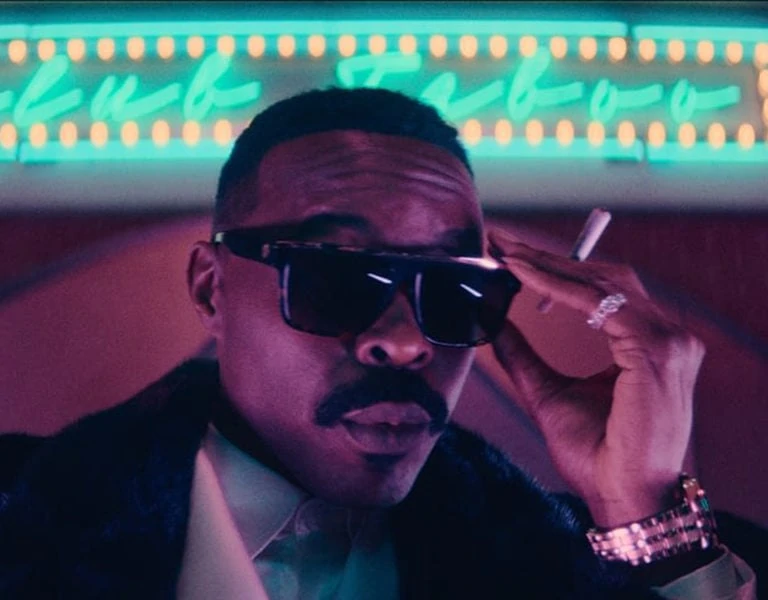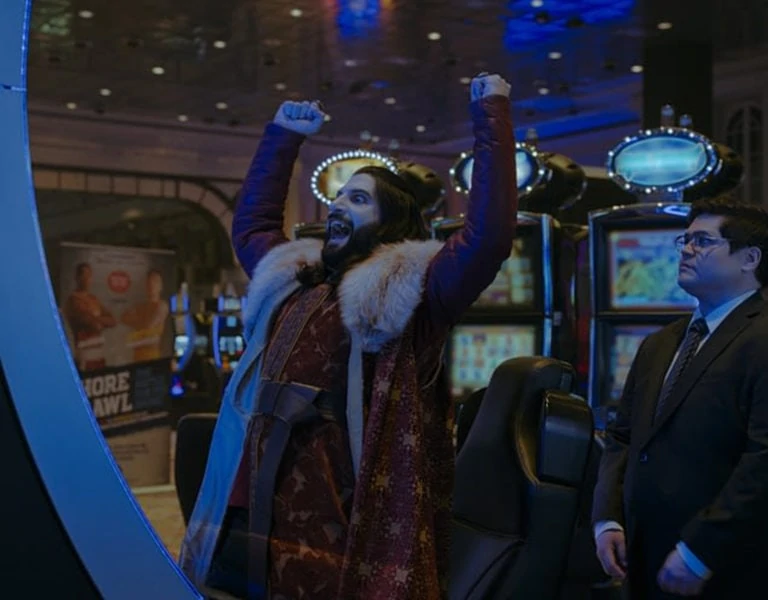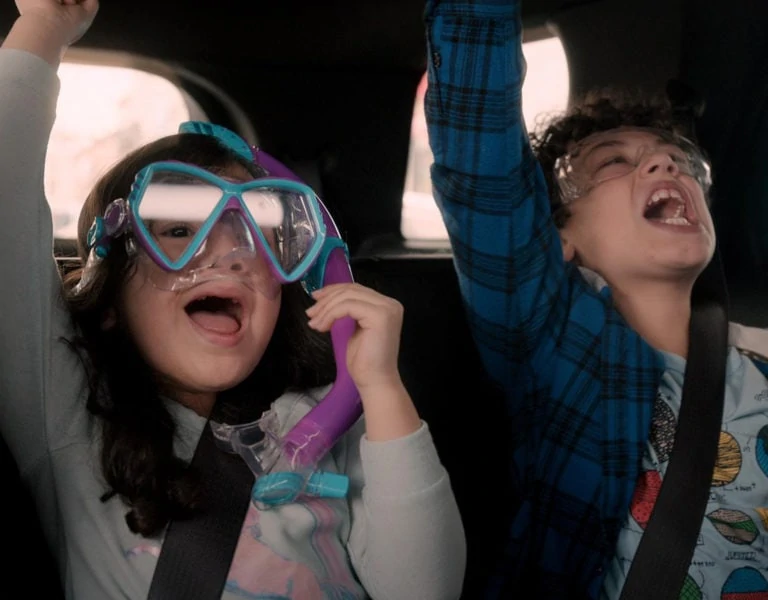Fascinating Portrait
Elliot Davis / The Iron Lady
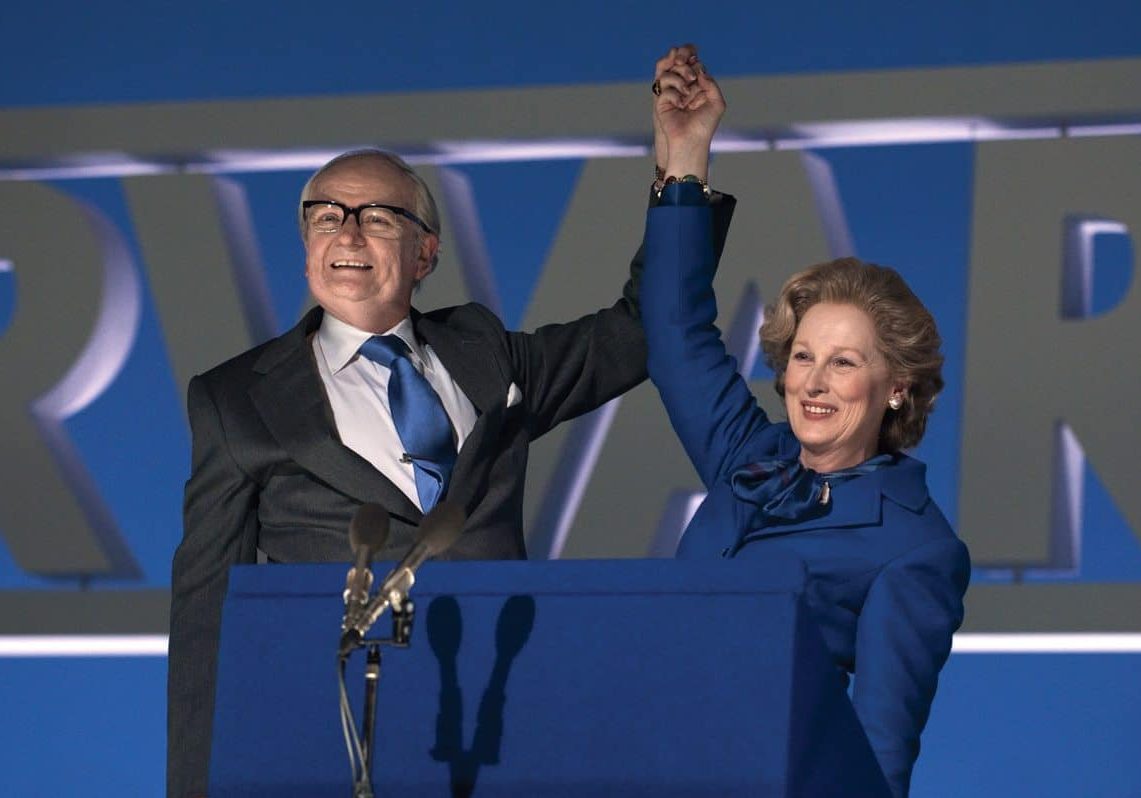
Fascinating Portrait
Elliot Davis / The Iron Lady
Phyllida Lloyd searched the world over for the right cinematographer for her second feature film – something quite new and altogether different from her first, the breakthrough musical hit Mamma Mia! To film The Iron Lady she chose Elliot Davis, writes Valentina Valentini.
Davis, who is known for his work on Twilight, Thirteen, I Am Sam and over four dozen other well-known features over the last three decades, was excited about the prospect of working in the independent British genus of film. The movie is a peek into the world of prime minster Margaret Thatcher, played by Meryl Streep, and the world outside Thatcher, of which she had much influence over in her time.
Davis had eight weeks of prep, which was substantial for the movie’s estimated $13m budget, and worked closely with Lloyd on all aspects of the film.
“Unlike Phyllida’s first film, this wasn’t a predetermined film,” says Davis. “It didn’t have its format and genre already laid out for it. That would’ve probably been easier than this film – this film was a very internally dramatic movie about someone who did a lot of external things.”
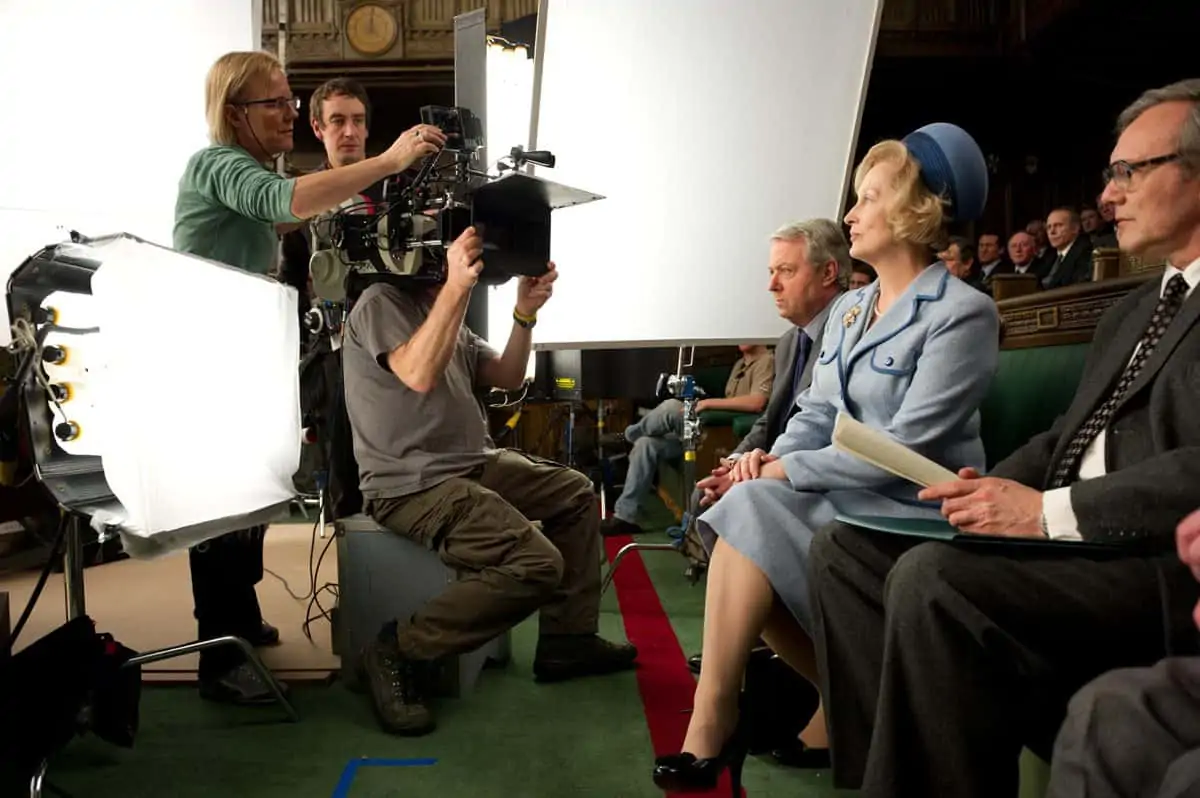
Both Lloyd and Davis were adamant about making people understand that this wasn’t a biopic. At its core a biopic has already been made; the story has already happened. The question both director and cinematographer wanted to explore on this film was how to go beyond that.
“The whole goal was to get under the skin of Margaret Thatcher and into her head,” explains Davis. “Not in terms of what she did, but how she felt about what she did. It took a lot of prying into the essence of the script to discover that it was just about memory and time. Where did this person exist in the historical space and what did that all mean? We wanted to come up with a visual manifestation of that – of how to portray memory and time.”
For this approach Davis chose Kodak’s Vision3 5219 Super 35 film and shot with a Panavision Millenium XL2. His lens package consisted of Angeniuex 15-40mm and 28-76mm, and Panavision Primo compact zoom19-90mm. Before he had come onto the project it had already been budgeted for shooting with film, and Davis was happy to oblige.
The film had about 80% interior scenes – Parliament chambers, hallways, offices, Thatcher’s home – which Davis explains were really metaphors for the boxes of her mind.
“I’m a big believer that form follows function,” Davis offers. “This is probably because I was trained in architecture before I started making films, and it was one of the tenets of structural design. My training as an architect, I believe, carries through in my filmmaking. The function of this film was looking inward. The set had to reflect that, that her world had become an interior world, which was only escaped through her mind.”
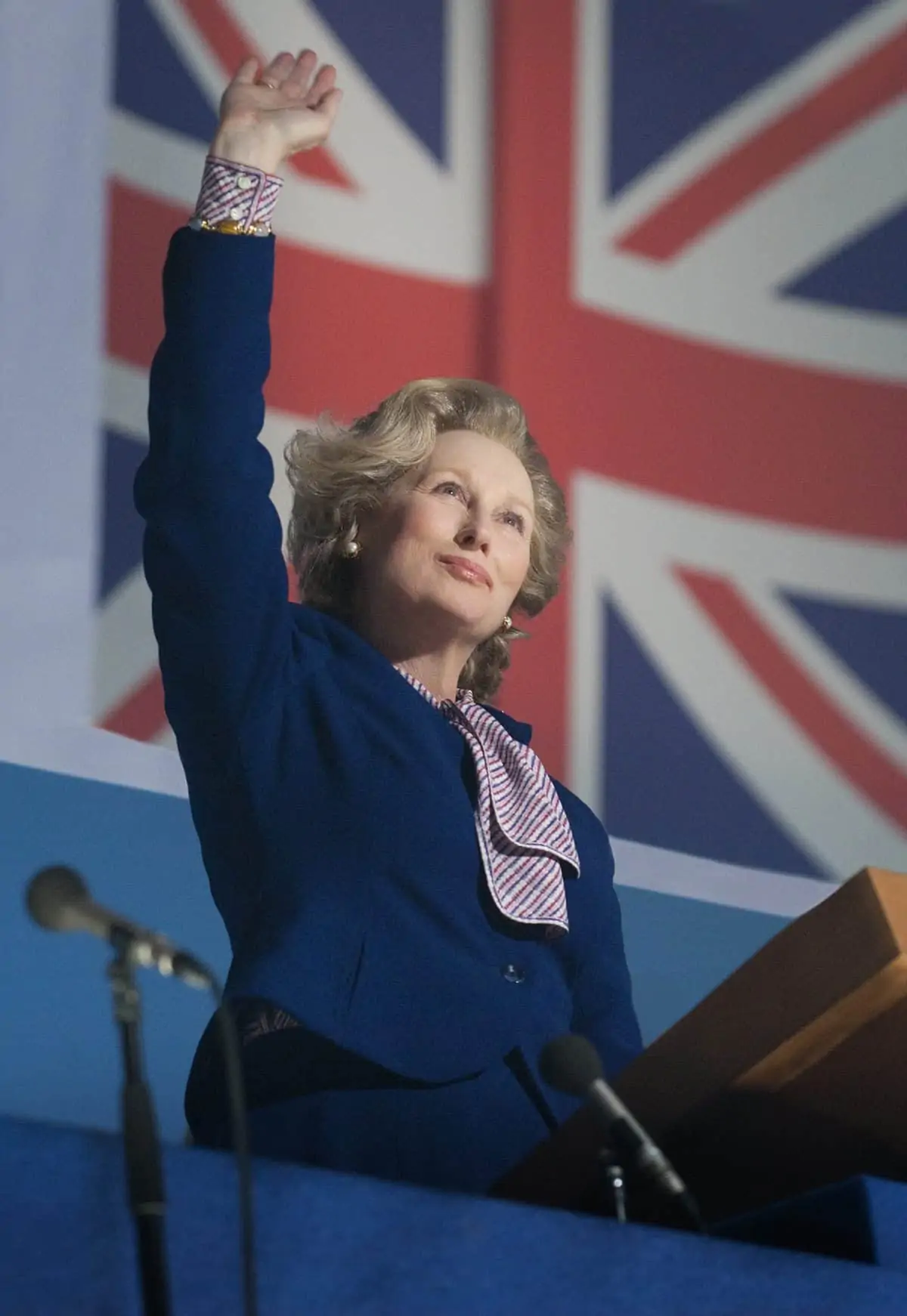
"Simon used shiny walls for reflections and everything was in this silver-grey world. We did a very simple sheer treatment to the big windows in the front. The four main rooms of the house had different tones of that silvery-grey, and we wanted it very texturally complex in that way."
- Elliot Davis
The shoot took place at Pinewood Studios for five weeks and the other two weeks were in practical locations around London and Manchester. The Granada TV Parliament set was refurbished by production designer Simon Elliot (Brick Lane, Nanny McPhee Returns) and used for the film’s Parliament scenes. The Thatcher residence, built entirely from scratch by Elliot and his team, was an important and tricky part of the film’s design.
“We decided her home would be in silvery-grey tones,” explains Davis. “Simon used shiny walls for reflections and everything was in this silver-grey world. We did a very simple sheer treatment to the big windows in the front. The four main rooms of the house had different tones of that silvery-grey, and we wanted it very texturally complex in that way. To give this beckoning feeling of the outside world we made it glow through the windows.”
The outside world was off limits for the ex-Prime Minister, which they portrayed by having her never fully open sheers. Thatcher would only peek through them to see a memory.
“The viewer is forced to be with her in her space that way,” Davis says.
In that space, Davis could punch up colour periodically as it reflected who she was or what she was going through. Basically, that colour palate became the benchmark for her present timeline. And as you go back in time, the colours become more saturated and the skin tones shift from silver-grey to a more yellow-earthy colour.
“My gaffer, Mark Clayton, was under so much pressure to deliver this world as it was dictated,” adds Davis. “He really rose to the occasion with the whole independent structure of the process and the resource capability. Even if I had had $20 million more, I would not have wanted it to look different. I may have been able to do it differently, but I would not want the look to change at all. And that is a lot in thanks to Mark.”
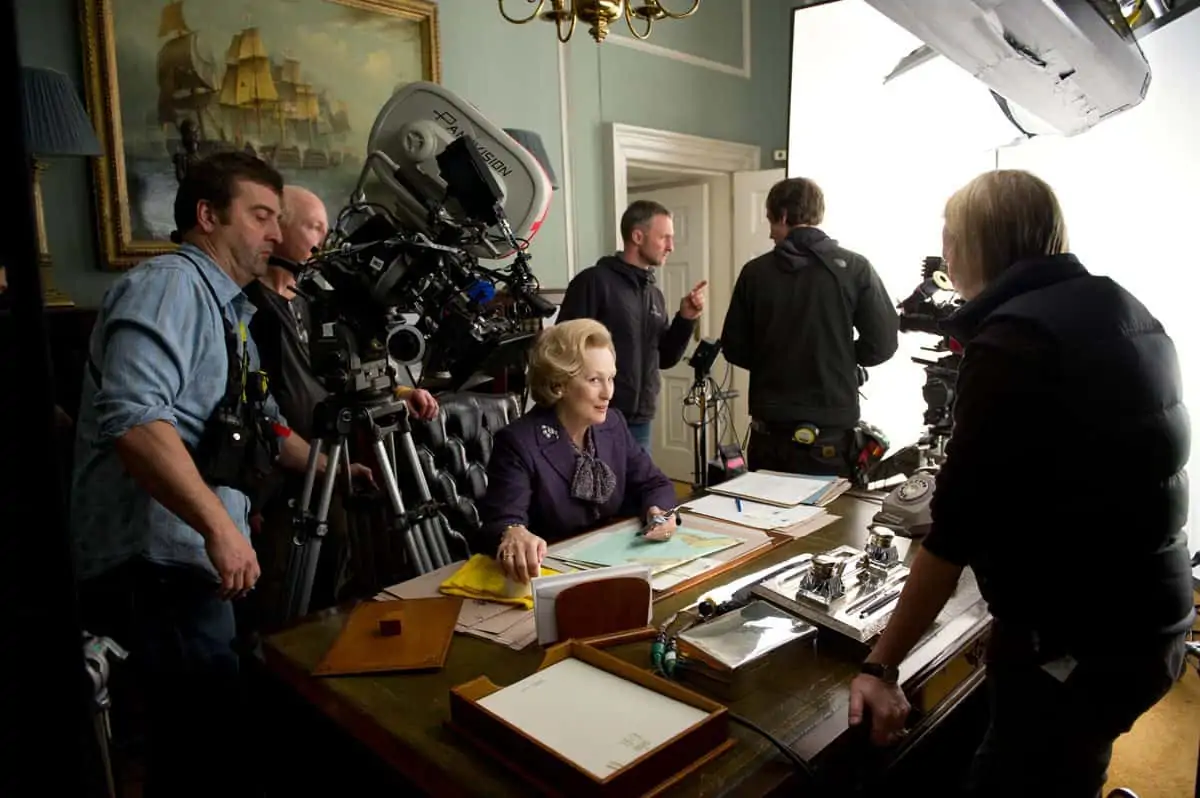
The digital intermediate (DI) and dailies were done by Deluxe142 in London. Rob Pizzey (The Illusionist, Quantum Of Solace) was the colourist whom Davis worked closely with in post-production.
“The DI to me opens up all the possibilities of film that were locked away before digital technology,” Davis discusses. “In other words, before DI you could work with the primaries and the secondaries, but those were the only controls, besides gamma and making it lighter and darker, that we had to work with in that given colour space. Then we had bleach bypass where we tried to take all of the colour out. So, there you were: dead end. With the advent of the DI, you could do all of that in post without affecting the negative. Your negative became like DNA, which you could manipulate – like DI gene therapy. Now, you get to move all the genes around to change the personality of a project.”
This project’s personality was meticulously fleshed out by Lloyd. She and Davis developed a common language, a way to speak about their work together.
“Phyllida is one of the most perceptive directors I’ve worked with,” offers Davis. “And she is brilliant at flushing out the true essence of whatever the subject matter is. She tried hard not to be delusional about Margaret’s story – wanting to get underneath, into the subtext, the modus operandi of the characters.
“I think Phyllida’s theatre training helped prepare her to think on an abstract level,” continues Davis. “That’s very important in film. If you can’t abstract, you’re doomed to wallow in reality as it is perceived on the most primary level. Whenever I start a new movie I ask, ‘What is the reality,’ and that’s just the starting point. Because film itself to me is not real, no matter the genre, it’s always being framed through the eyes of the people making it…and that’s only a few of the millions of pairs of eyes that will see it.”







